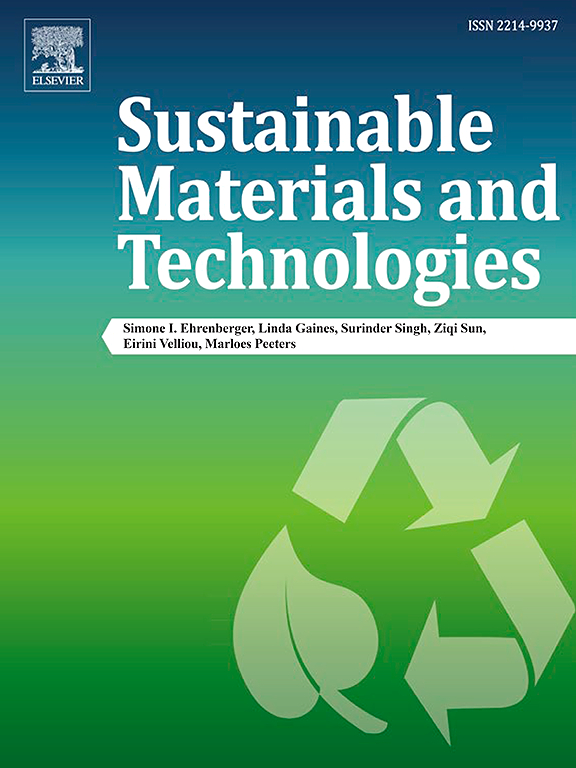Balancing surface quality and machining efficiency in recycling process achieved by micro ball-end milling of flawed potassium dihydrogen phosphate optics
IF 8.6
2区 工程技术
Q1 ENERGY & FUELS
引用次数: 0
Abstract
In the inertial confinement fusion experiments, under high-power laser irradiation, the dimension of micro-flaws on the potassium dihydrogen phosphate (KDP) surface can expand dramatically, leading to the failure of optical components. Conical mitigation pits (CMP) processed by a ball-end cutter are the preferred microstructures to eliminate surface flaws and recycle flawed KDP optics. However, due to the presence of numerous surface flaws, and deliquescent nature of soft-brittle KDP optics, obtaining high-quality and high-efficiency CMP surfaces in dry milling poses an urgent challenge. In this work, based on the finite element model, the optimal cutting edge radius (Re) of a ball-end cutter is determined to be 1.8 μm in accordance with the maximum tensile stress, stress distribution morphology, and cutting force. Moreover, using a ball-end cutter with the optimal Re, CMP preparation experiments are conducted to establish the initial population of non-dominated sorting genetic algorithm (NSGA-II). The prediction models of processing time (t) and surface roughness (Sa) based on the NSGA-II are developed, with average relative errors reach 2.5 % and 10.4 %, respectively. Besides, considering the demand of the recycling process under various working conditions, the quality- and efficiency priority solutions are obtained by fast non-dominated sorting algorithm and elite strategy. Under the premise of ensuring the optimal CMP surface quality, the recommended layer milling allowance, feed speed, spindle speed, and tool mark interval are 0.5 μm, 0.4 mm/s ∼ 0.9 mm/s, 4.3 × 104 r/min ∼4.6 × 104 r/min and 5 μm for acceptable repair efficiency. Compared with previous reparative processes, the optimal combination of micro-milling parameters obtained by machine learning reduces the average t for a single conical mitigation pit (with a Sa less than 30 nm) from 360 s to 278 s, achieving a reduction of 23 %. This work can provide technical supports and engineering application values for achieving a high-quality recycling process and increasing the laser damage resistance of flawed KDP optics.
求助全文
约1分钟内获得全文
求助全文
来源期刊

Sustainable Materials and Technologies
Energy-Renewable Energy, Sustainability and the Environment
CiteScore
13.40
自引率
4.20%
发文量
158
审稿时长
45 days
期刊介绍:
Sustainable Materials and Technologies (SM&T), an international, cross-disciplinary, fully open access journal published by Elsevier, focuses on original full-length research articles and reviews. It covers applied or fundamental science of nano-, micro-, meso-, and macro-scale aspects of materials and technologies for sustainable development. SM&T gives special attention to contributions that bridge the knowledge gap between materials and system designs.
 求助内容:
求助内容: 应助结果提醒方式:
应助结果提醒方式:


